Grainger and Steven write in Power Systems Analysis that "in a well-designed and properly operated power transmission system... the line susceptances Bij are many times larger than the line conductances Gij" (where the subscripts i and j refer to nodes of the power system).
Given that susceptances and conductances are reciprocals of reactances and resistances (respectively), it seems that an equivalent statement to the Grainger/Stevenson quote might be "the line reactances are many times smaller than the line resistances"
Web searches, on the other hand, indicate that line reactance >> line resistance. How is this possible?
